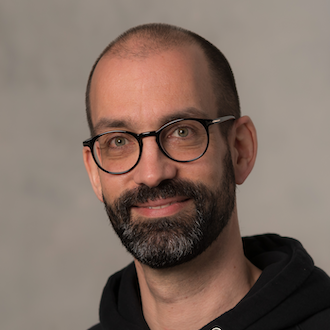Cited By
View all- Rashik MJasim MKucher KSarvghad AMahyar N(2024)Beyond Text and Speech in Conversational Agents: Mapping the Design Space of AvatarsProceedings of the 2024 ACM Designing Interactive Systems Conference10.1145/3643834.3661563(1875-1894)Online publication date: 1-Jul-2024



